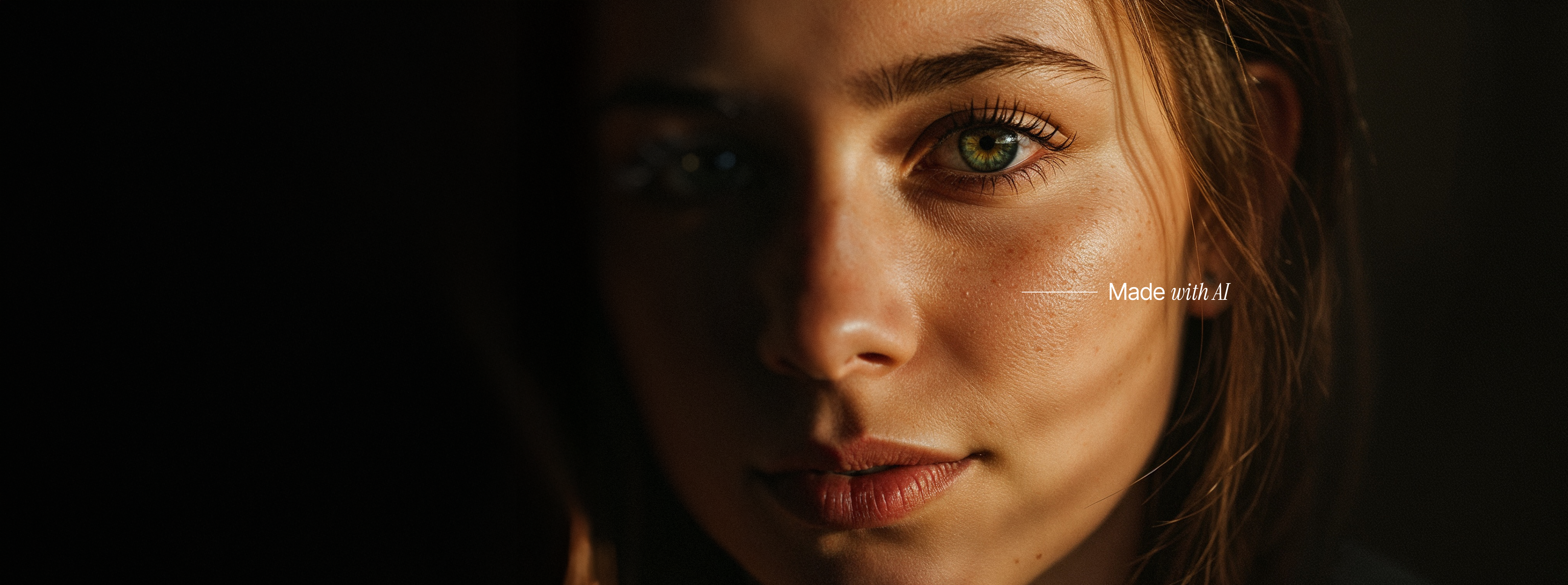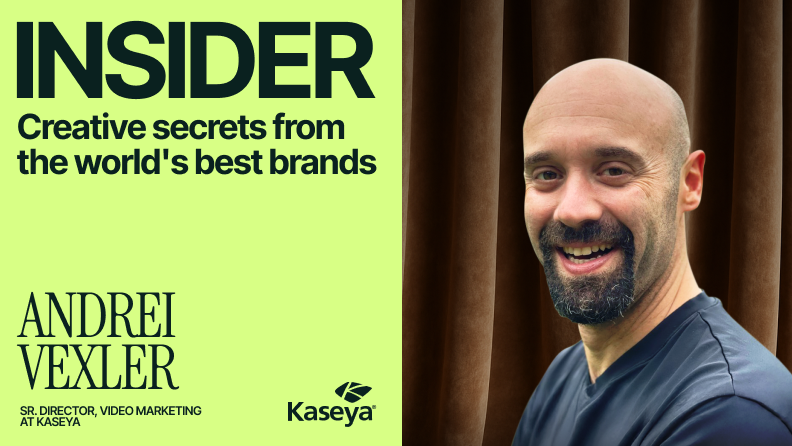5 Simple Rituals to Help You Scale Your Creative Production

It’s easy to get bogged down in the minutiae of the day. This can lead to issues that affect production of your creative projects. Implementing a few basic rituals that keep your creative team on track, and on deadline, can take away the production nightmare. Rituals as simple as stand-up or kickoff meetings can increase your ability to successfully scale production on a creative team.
Here’s a shocker: Most creative people are better at being creative than they are at managing time, planning and workflow. That’s why DesignOps have proven to be so effective. If you want to know more about the role of design operations, we've written the guide on it. They address the operational aspects of delivering consistent design at scale. Whether you’ve implemented DesignOps or not, the following five rituals will help you implement effective workflow management processes and empower your team to maximize delivery of high-quality creative projects.
1. Map it Out
Before you get into the meat of any project, it’s absolutely critical that you establish crystal clear benchmarks by which to measure your team’s progress and productivity. That means identifying and measuring key productivity and performance metrics. From there, you can create a detailed work definition document or creative brief and a detailed work plan.
Your work plan can (and should, if possible) be modeled after previous similar, successful projects. That way, you’re baking in existing protocols and processes that are already known to your team and known to be successful.
Work plans and creative briefs will vary by company, team and even project, but developing a strong framework with benchmarks and metrics to start every project will help your team get off on the right foot and stay in step from beginning to end of a project’s lifecycle. At a minimum, your work plan should clearly define its associated marketing goals, set expectations for scope, establish deadlines, clarify the review and approval process and make specs like format, sizing and style guides readily available.
Angela Harless, Managing Director at AcrobatAnt recommends developing timelines with milestones that everyone knows about. “Projects run much more smoothly if everyone is aware of key milestones and the project timeline...Developing a schedule and timeline and backing into key dates to meet deadlines is a critical step for any project.”
2. Foster Conscious, Deliberate Communication
Communication is something we all, ostensibly, know how to do. But people can be surprisingly bad at it, especially in groups, and even more so when there are no clear parameters for how that communication should take place. The good news is, we have about 84,000 ways to communicate with one another these days. The bad news is, we have about 84,000 ways to communicate with one another these days.
Being deliberate about your team’s communication, whether it’s creating project-specific channels in Slack or Asana, establishing formal processes for requests or having weekly stand-ups and check-ins is critical. Clear lines of communication are the lifeblood of a successful team.
Maddie Raedts, Founding Partner and Creative Director at the Influencer Marketing Agency says her teams always include weekly or bi-weekly updates in their processes. They also utilize a flat organizational structure with minimal hierarchy. According to Raedts, “This allows room for smooth communication and more dynamic approaches because everyone has their say.”
Start every project with a kick-off meeting and invite everyone. In that meeting, you should be covering all the benchmarks, metrics and timelines discussed above. But you also need to use a significant chunk of time to discuss your communication processes. Make sure your team knows what channels to use for requests. Open channels for your team to give you feedback on your management methods during the project.
Remember, communication shouldn’t end when the project does. Hold a wrap-up meeting after the project ends to discuss what lessons everyone learned, what went well and what didn’t and to identify areas of improvement for next time.
3. Streamline the Review and Approval Process
Raise your hand if you ever wound up with ten versions of the same project on your computer or desk. Spoiler alert: Every designer you’ve ever met is raising their hand right now. Creative projects require many iterations and rounds of review and approvals. Without a clear, streamlined process in place for routing proofs and maintaining version control, you’re courting chaos.
Whether reviewers are clients or colleagues, the first step is to identify what might be causing roadblocks and bottlenecks and taking steps to remove them. This ties into having clear, established processes for communication. Centralize all communication surrounding reviews and approvals and make sure everyone who needs to can see exactly where a given item is in the process.
In a post on Graphic Design USA, Rob Munz, Chief Product Officer and Founder of inMotionNow, recommends training clients to be good reviewers with open communication and upfront expectations. “Communicate review expectations to clients to eliminate conflicting or confusing feedback.” A glossary of terms like this one can be helpful here to make sure everyone is speaking the same language.
4. Build Metrics Into Your Project Foundations
Tracking and analysis of outcomes should be built into your project from the start. Andrew Gray, Partner and CTO at Tayloe/Gray says they focus on “building metrics into the foundation of the project” so they can “optimize against them throughout.” This drives them to constantly learn, test and apply knowledge to create more insightful future campaigns.
A lot of companies struggle with what’s known as “Last Mile Analytics.” The last mile of analytics is all about turning insights into outcomes, and many companies treat this stage as an afterthought. However, there’s a strong argument for making the last mile your first priority. A recent McKinsey report found 90 percent of organizations that are significantly outperforming their peers devote more than half of their analytics budget to that last mile. Based on that data, McKinsey recommends embedding analytics into the decision-making process from the beginning of any product. This allows you to be constantly adjusting throughout the life of your project.
5. Organize a Process Toolkit and Keep it Updated
Technologies are constantly evolving to deliver better ways of working. Google Docs, Trello, Git, Zendesk and Monday.com are solving problems of communication and collaboration as well as deadline and process control. To scale, you need to have a set of tools behind you that will support your streamlining efforts.
By organizing a toolkit and ensuring everyone on the team is trained on the tools, you give your team less to worry about in managing individual processes and create better transparency across the life of a project. Simplifying workflow is one of the best ways to ensure you have the resources to scale.
A dedicated design team from outside of your company to support on projects should also be part of your toolkit. When your designers are drowning in work, the design team can step in to ensure your efforts to scale are a success.
These tools should be regularly gauged to determine if they still work for where you are in the scaling process. Make a practice of scrutinizing your tools for signs of wear and tear, just like you would the power tools in your garage. It’s also important to keep a sharp eye on new tools coming to market as you grow. At first, Google Hangouts may be a useful chat function attached to Gmail, but as you grow and add more employees and processes, you may find that a program like Slack is better suited for you.
Let Us Help
Managing creative teams can be tricky. There are a lot of balls in the air and a lot of people to keep in the loop. At Superside, we employ dedicated account managers to bridge the gap between creative and client. This gives you a central point of contact for all your creative needs. Our talented global team of experienced designers is always ready to jump in and support your team with high-quality design work.
Amrita is a veteran B2B SaaS marketer and the VP of Marketing at Superside. Besides preaching to everyone and their mother about how good execution is the ultimate differentiator for your company, she hosts our monthly Gather & Grow series featuring leaders from Adobe, Dropbox, HubSpot, Intuit, Shopify and more. Find her on LinkedIn and Twitter and say hi!
You may also like these

10 top outsourced design services to choose from (2025)
Struggling to keep up with the volume and variety of design work in 2025? You’re not alone. Today’s marketing and creative teams face relentless demand for high-quality design across more channels than ever, from social and video to landing pages, presentations and motion graphics.When internal teams hit capacity, critical projects get delayed, quality can dip, and strategic goals get lost in the shuffle of urgent requests. That's why more enterprises are rethinking how they access design—choosing partners who can extend their creative capacity without adding operational headaches.Broadly, there are three ways companies can scale design:Hire freelancers or agencies. Flexible but often slow, unpredictable and hard to manage at scale. Costs can balloon with complex projects or tight timelines.Expand in-house teams. Delivers control but comes with recruitment challenges, overhead and the risk of teams getting siloed or burned out.
Maximizing Profit: The Impact of Design on Business Strategy
Design has never been more in demand. As the first interaction for most customers with businesses, it’s just everywhere—from the homepage of your favorite website to the product packaging your new sneakers arrived in.With smartphones, tablets and digital interfaces at every turn, every design element now affects nearly every consumer touchpoint during the customer journey.That’s why the smartest companies are investing in good design systems for all their inputs—and for a good reason: It’s good for the bottom line.A 2018 McKinsey report, “The Business Value of Design,” put the impact of design on your bottom line with data: Over five years, companies that invested in good design had 32% more revenue and 56% more total returns to shareholders.Is your company investing enough in design? Read below data-driven insights and historical examples from visionary leaders who used powerful designs to communicate value to their target audience—and why you should start to do it too for every asset you have.
The Ultimate 5-Step Graphic Design Process
For any design team, having an established graphic design process will lead to better designs, higher output and most importantly, remove a lot of potential frustration.The process of starting a graphic design project has changed drastically over the years. Now, AI-powered design is the driving force behind concept development and the design thinking process, which makes it necessary to think about the different perspectives infused into each design stage.If you’re leading graphic designers or looking to streamline the process, then let’s take a look at the 5 most essential steps of the graphic design process.The Importance of a Structured Design ProcessGraphic design is an intricate blend of creativity and strategy, requiring a structured approach to ensure that the final product not only looks stunning but also effectively communicates the intended message.








